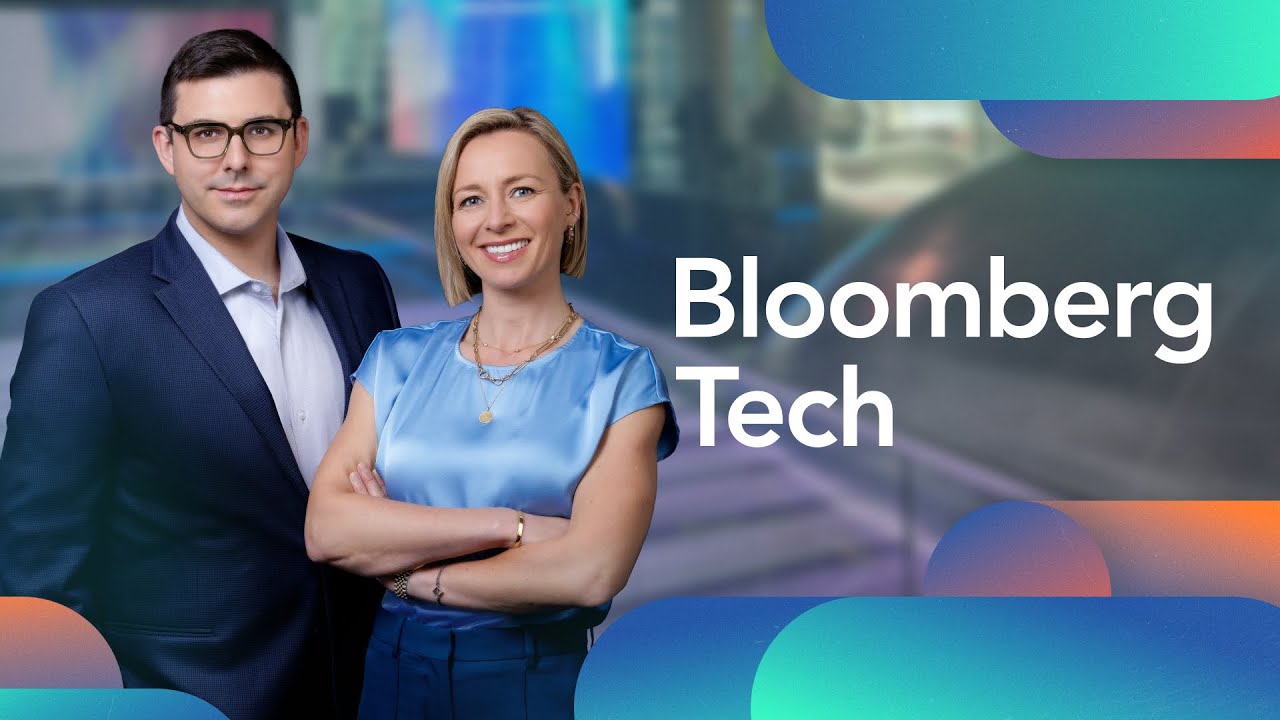Nvidia has become the first company to reach a $5 trillion market cap, driven by strong demand for its AI-focused “Blackwell” chips and strategic investments like a $1 billion partnership with Nokia to integrate AI into wireless infrastructure. The video also highlights the broader AI market dynamics, including major tech companies’ AI investments, regulatory challenges for AI startups, and Nvidia’s role in fostering an AI ecosystem to maintain its industry dominance.
Nvidia has become the first company to reach a $5 trillion market capitalization, driven largely by the booming artificial intelligence (AI) sector. The surge in Nvidia’s stock was further fueled by President Trump’s announcement that he would discuss Nvidia’s new “Blackwell” chips with Chinese President Xi Jinping during their upcoming meeting. Nvidia CEO Jensen Huang highlighted the massive demand for these chips, projecting $500 billion in sales over five fiscal quarters, excluding China. This optimistic outlook has excited investors, despite uncertainties about the exact timing and market impact of these sales.
A significant development discussed in the video is Nvidia’s strategic $1 billion investment in Nokia, aimed at integrating Nvidia’s AI and accelerated computing technologies into Nokia’s global wireless infrastructure. This partnership is expected to revolutionize telecommunications by embedding AI services into radio networks, enabling more efficient wireless communications and supporting emerging technologies like robotics and autonomous vehicles. Industry experts see this as a smart move by Nvidia to expand its presence in new markets and solidify its role in the future of AI-powered networks.
The video also covers the broader AI and tech market landscape, with major companies like Meta, Alphabet, and Microsoft preparing to report earnings. Analysts are closely watching these companies’ capital expenditures, especially on AI infrastructure and cloud services, as indicators of their commitment to AI innovation. Microsoft’s relationship with OpenAI and its dominance in cloud computing are highlighted as key factors in maintaining its market leadership. Meanwhile, Alphabet’s increased spending on AI and cloud partnerships, such as with the startup Anthropic, signals its aggressive push into AI-driven growth.
Concerns about AI startups and regulatory scrutiny are also addressed, particularly regarding CharacterAI, a platform that will restrict children under 18 from having unrestricted conversations with chatbots due to safety concerns and ongoing lawsuits. This move reflects growing pressure from lawmakers and regulators to protect younger users from potential harms associated with AI interactions. The discussion underscores the challenges AI companies face in balancing innovation with ethical and legal responsibilities.
Finally, Nvidia’s role as a major backer of AI startups is emphasized, with the company investing in numerous emerging firms to foster a wider AI ecosystem that ultimately benefits Nvidia’s chip business. This strategy, sometimes described as circular financing, helps Nvidia maintain its market dominance by supporting future industry leaders. Despite some skepticism, experts believe Nvidia’s extensive software tools and developer ecosystem make it a central player in the AI revolution, with its technology becoming increasingly ubiquitous across various sectors.
